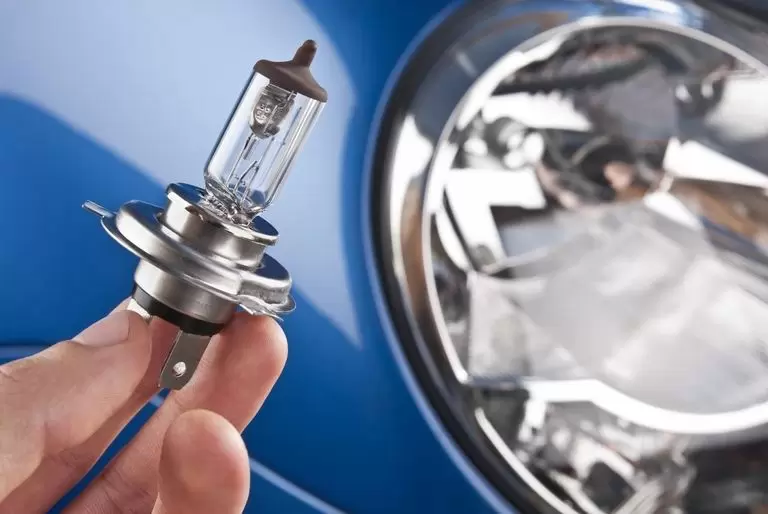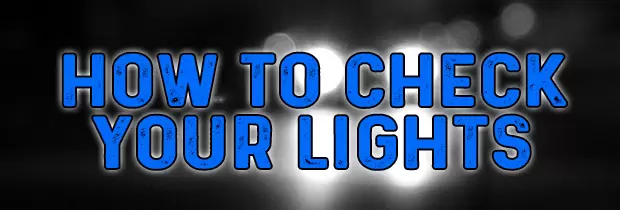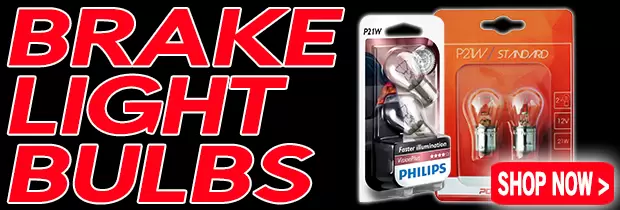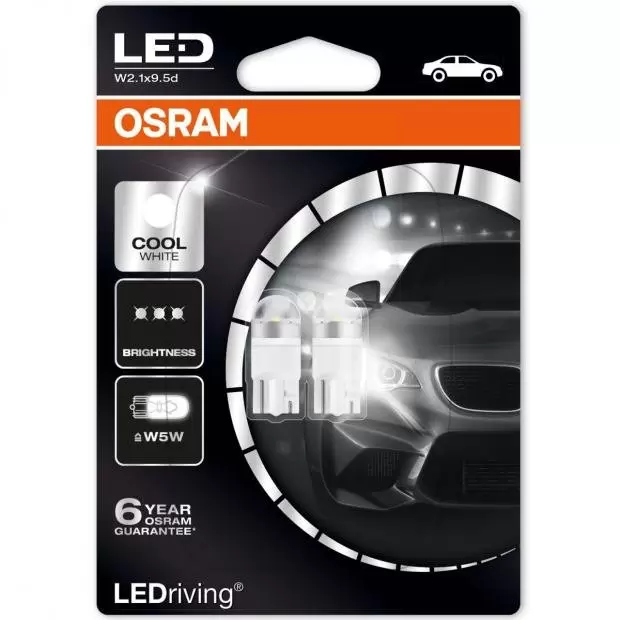Headlights
Checking your headlights is fairly simple and you can do it yourself. Turn your car on and switch on the headlights. Walk around to the front of the vehicle and  make sure the lights are working. Both should be bright.
make sure the lights are working. Both should be bright.
To ensure your lights are in the best working condition, wait until dark and park on an even surface with your vehicle facing a wall. Turn on your headlights and inspect the light they give off. It should be even on both sides, with the lights being equally bright.
If one bulb is dimmer or more yellow, it may need to be replaced. It's best to change both bulbs at the same time for two reasons. Firstly, if one bulb has blown, it's likely that the other will follow shortly after. Secondly, especially with xenon HID, replacing both bulbs will ensure a perfect colour and beam pattern match. If replacing the bulb doesn't solve the problem, the issue is most likely a faulty connection.
Shop headlight bulbs here.
Tail lights
Checking your own rear lights is more difficult. You can easily turn on your lights and check the tail lights, but you'll need someone to stand behind you as you check your brake lights. Tap on the brakes and have a friend make sure that both lights come on. Just like with your headlights, both lights should be equally bright.
Shop brake lights here.
Fog lights
In addition to your headlights, it's also a good idea to check your fog lights. This is easiest when it's darker outside, as fog lights are dimmer than headlights. Turn on your fog lights, get out of your vehicle, and ensure both are on and equally bright. Unlike your headlights, standard fogs will be more of a yellow colour.
Shop fog lights here.
Turn signals
Turn signals, or indicators, are a key safety feature - you definitely want them in working order. Test your turn signals out from the inside of the car and make sure the interior indicators are working. Then, leave one turn signal on and get outside the vehicle.
Be sure to check both the front and rear lights. Both should blink on the side where your turn signal is on. If the light or the interior indicators blink too quickly, the bulb needs to be replaced.
Shop indicator bulbs here.
Number plate bulbs
The last bulb you need to check is your registration plate, or number plate lights. Any time your headlights are on, the number plate bulb should also come on. Most vehicles have two bulbs located above the number plate. If one or both are out, they can easily be replaced. These tiny bulbs are easy to overlook, but they're required by law, so don't forget about them.
Shop number plate bulbs here.
Other bulbs
While these are the only bulbs you need to make your vehicle road legal, many of today's cars come with additional lights. You can check your daytime running lights (DRLs), sidelights, and more simply by turning them on and checking that they're in working condition and are producing a bright light.
If you find that any of your bulbs need replacing, check out our selection of halogen, xenon HID and LED bulbs.


































 Close
Close